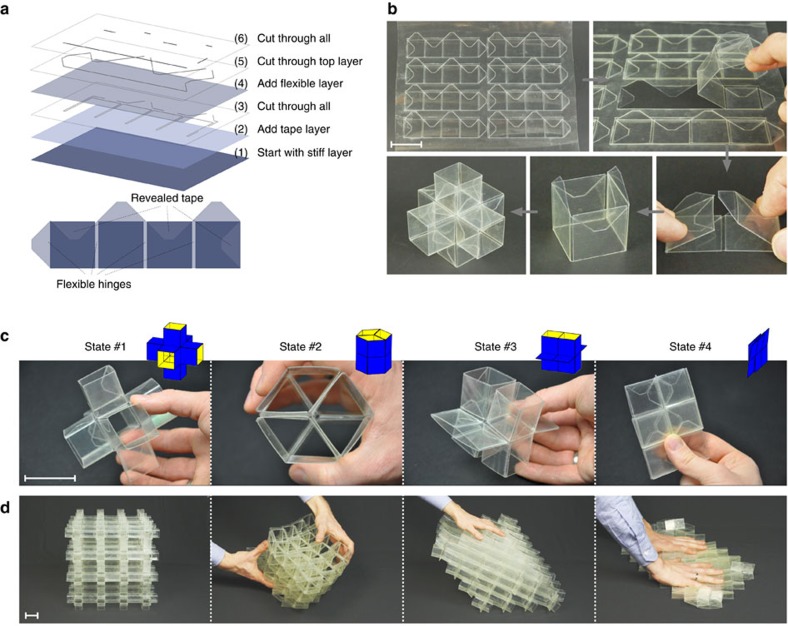Figure 3. Fabrication and deformation of a single extruded cube unit cell and the corresponding mechanical metamaterial.
(a) The unit cells were fabricated using three layers: two outer layers of polyethylene terephthalate (with thickness t=0.25 mm and 0.05 mm) and a layer of double-sided tape (t=0.05 mm) in the middle. The layers were cut in three steps to form flat building blocks with both flexible and rigid regions. (b) The extruded rhombi were formed by simply removing the building blocks from the layered sheet, folding them and sticking their ends together using the revealed adhesive tape. To form the unit cell, six cubes were attached together using the double-sided tape incorporated into the layered sheet. (c) State #1, #2, #3 and #4 can be realized by simply applying a compressive load. (d) A highly flexible mechanical metamaterial with a cubic microstructure was formed by connecting the outer edges of 64 identical unit cells. An external force can trigger a collective behaviour which shapes the cubic crystal into a number of different configurations. Scale bars, 3 cm.

